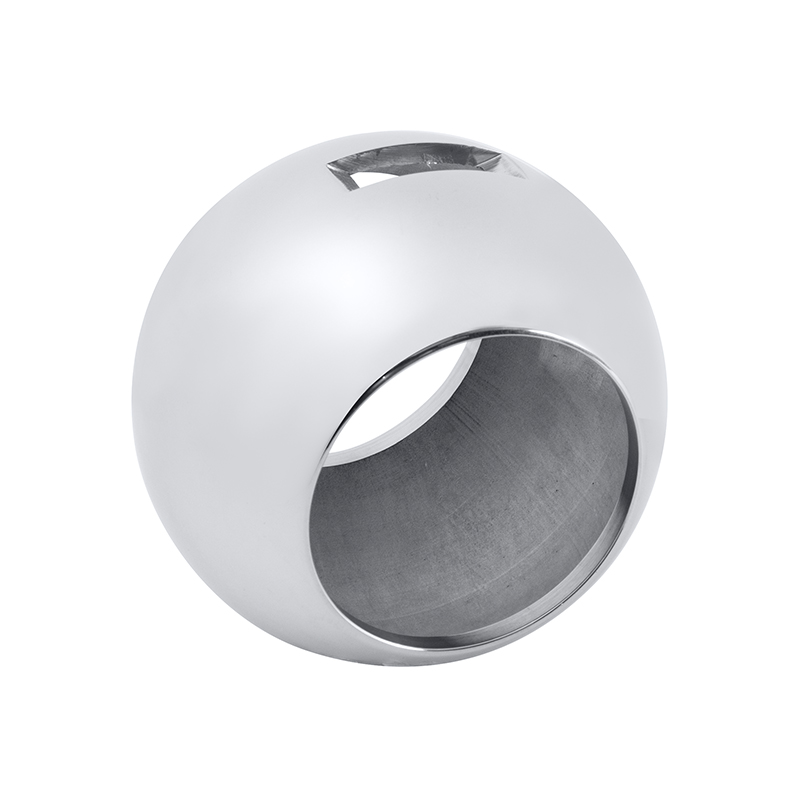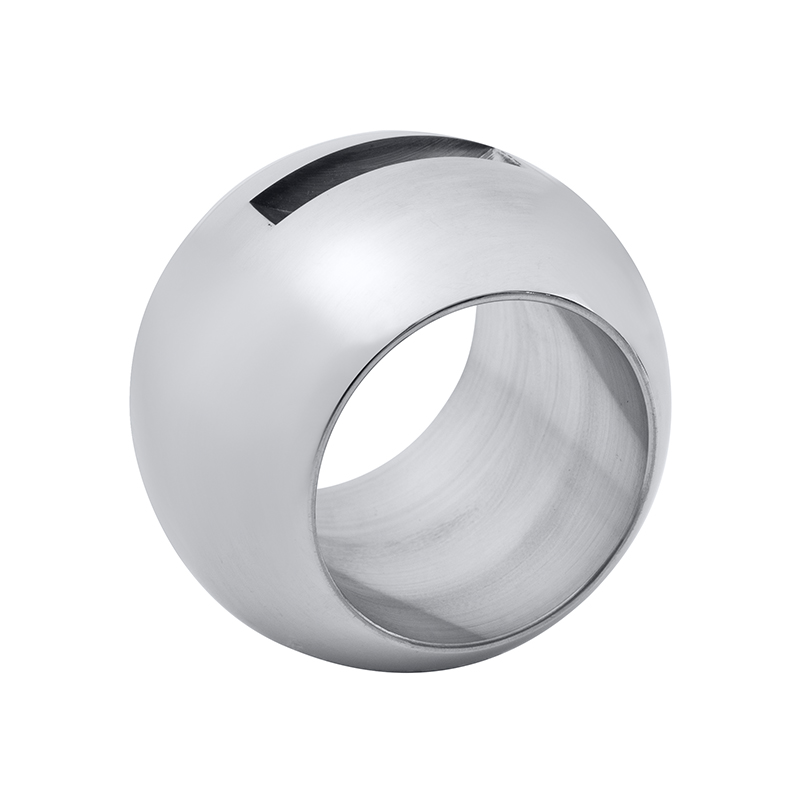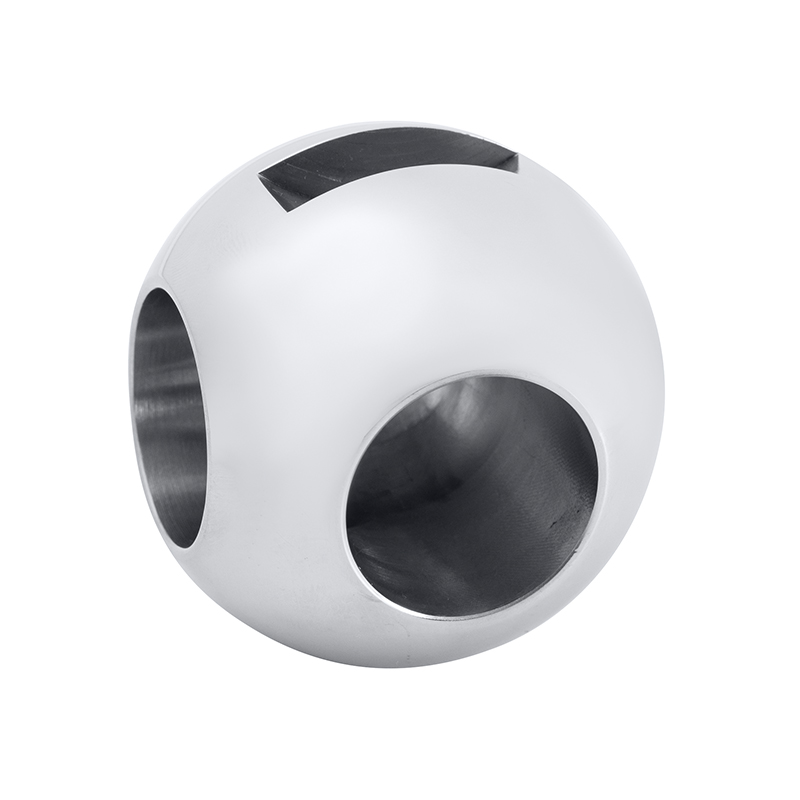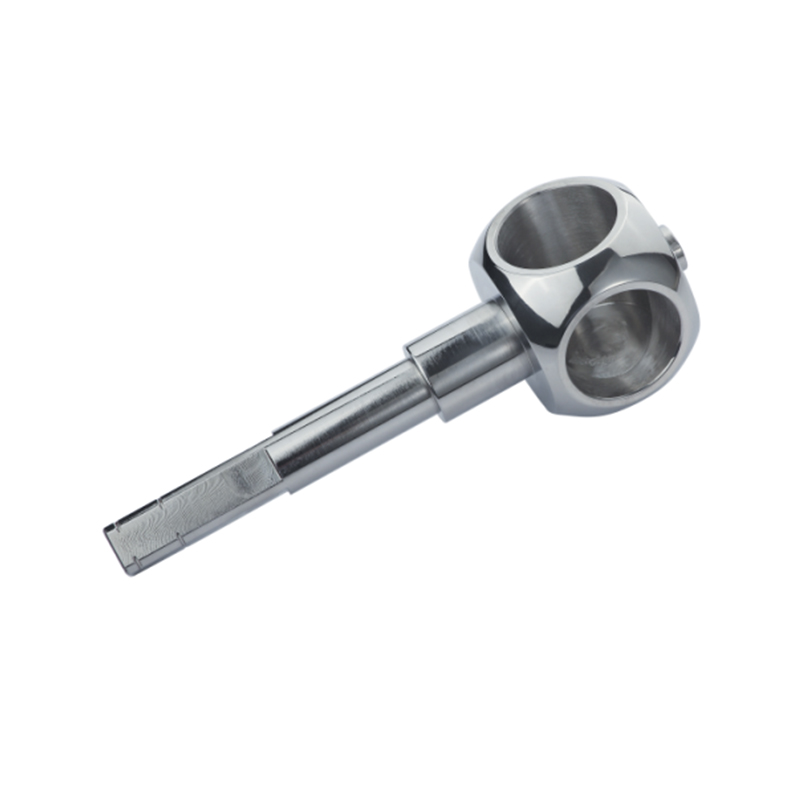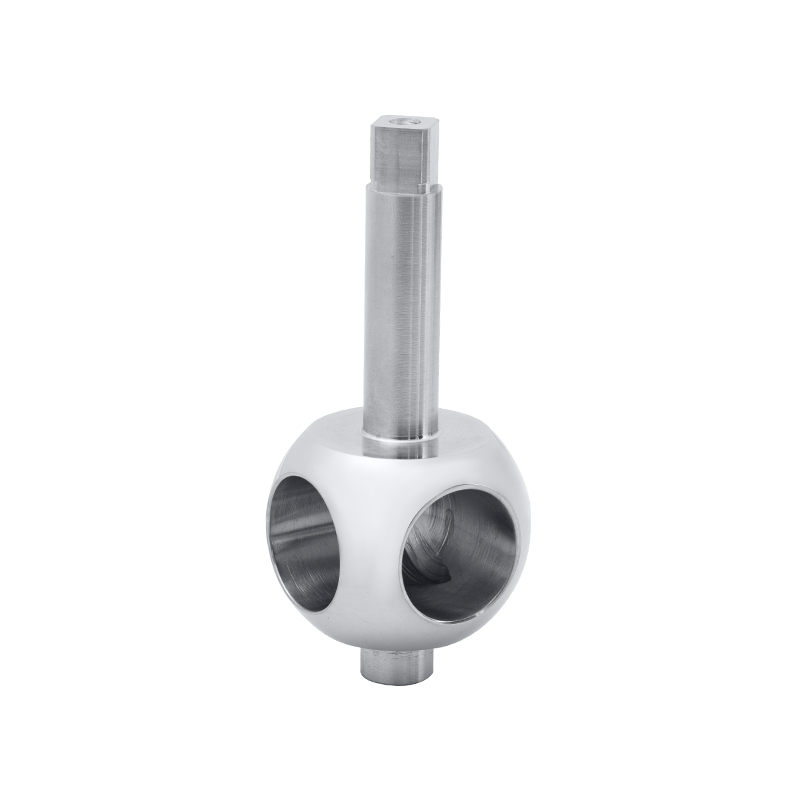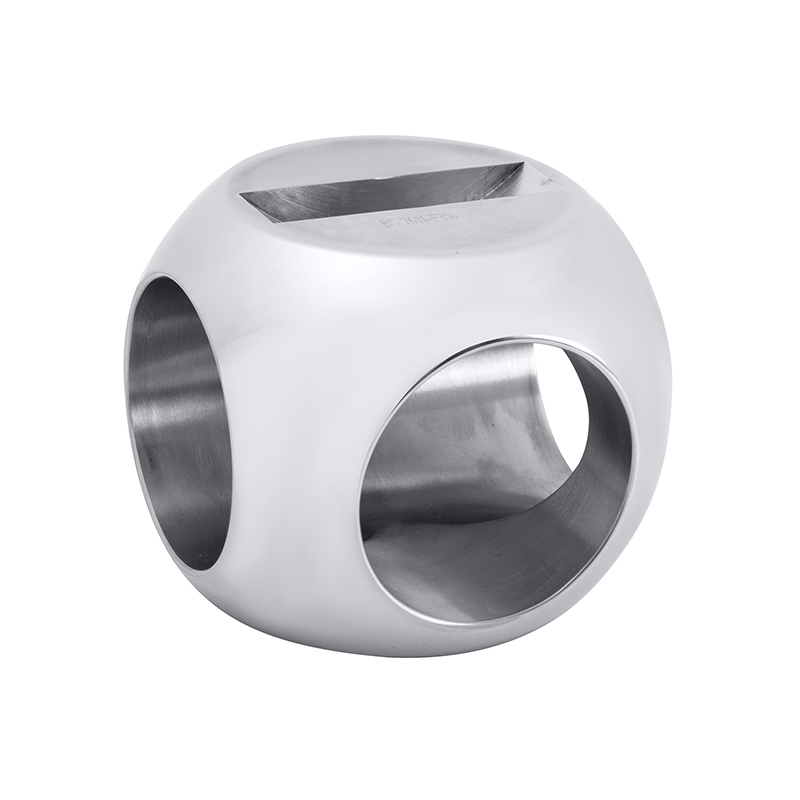As the demand for high-performance flow control systems grows across industries like oil and gas, chemical processing, and water treatment, the quality and reliability of valve balls have become increasingly critical. A well-executed heat treatment process ensures that the valve ball can withstand bad operating conditions while maintaining tight tolerances, smooth operation, and effective sealing, especially when integrated with the ball valve stem seal.
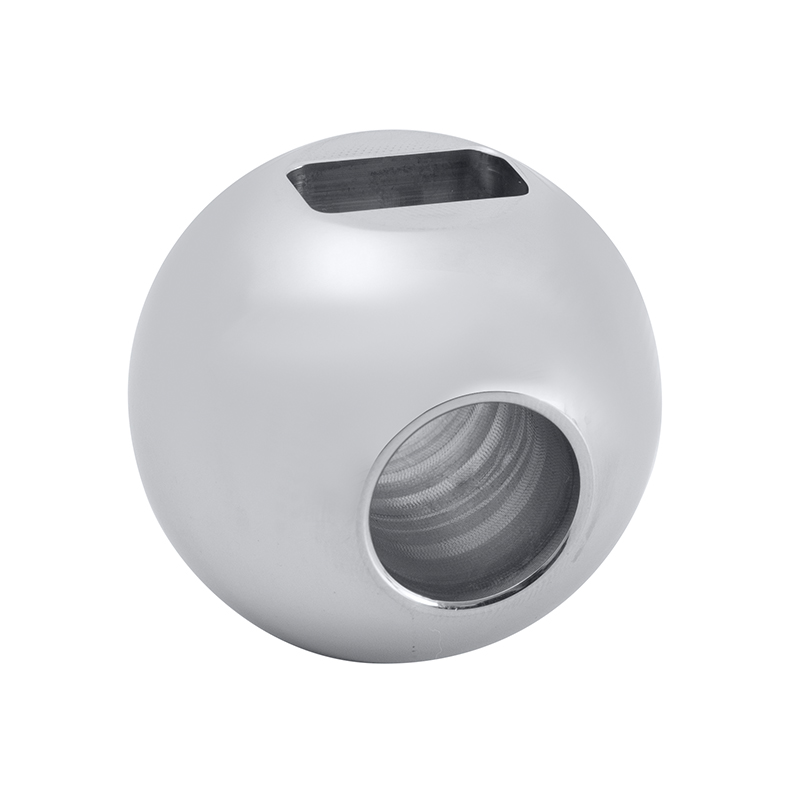
Understanding the Role of Valve Balls in Modern Systems
Valve balls are spherical components used in ball valves to control fluid flow. In automation valves and control valve systems, the precision and hardness of the valve ball directly affect the valve's ability to function reliably over long service cycles. In particular, automation valves that are part of programmable systems require components that can endure continuous actuation without deformation or surface wear. The valve ball must maintain a smooth surface and resist abrasion to ensure a consistent seal against the ball valve stem seal.
Objectives of Heat Treatment
The heat treatment process in valve ball manufacturing targets several mechanical improvements:
1. Hardness Increase: To reduce wear and surface damage caused by contact with seals and valve seats.
2. Stress Relief: To remove internal stresses developed during forging or machining processes.
3. Grain Refinement: To enhance the toughness and strength of the material.
4. Corrosion Resistance Enhancement: Particularly important for valve balls used in corrosive environments.
5. The specific heat treatment process depends on the material used, which typically includes stainless steel, carbon steel, or various alloy steels. Each material responds differently to heat and requires a tailored approach to achieve the desired microstructure and surface properties.
Common Heat Treatment Techniques
1. Annealing
Annealing is a process where the valve ball is heated to a specific temperature and then slowly cooled. This softens the metal, making it easier to machine and helping to reduce internal stresses. While annealing is generally performed in the early stages of production, it is essential for ensuring that subsequent machining operations do not introduce defects that could impact the function of the control valve ball.
2. Hardening and Tempering
This two-step process involves heating the valve ball to a high temperature, followed by rapid cooling (quenching) to increase hardness. However, hardening alone can make the ball brittle. Therefore, tempering is applied afterward, where the ball is reheated to a lower temperature and held for a specific time. This reduces brittleness while maintaining much of the added hardness. These steps are particularly important for balls used in high-pressure automation valves.
3. Case Hardening
For valve balls requiring a hard surface and a tough core, case hardening methods such as carburizing or nitriding are used. These methods infuse carbon or nitrogen into the surface layer of the ball, increasing its resistance to wear without compromising the internal ductility. This is especially useful in applications where the valve ball experiences frequent contact with the ball valve stem seal.
4. Solution Treatment and Aging
Used mainly for stainless steel valve balls, solution treatment involves heating the ball to dissolve alloying elements into a solid solution, followed by rapid cooling. Aging then causes fine precipitates to form, improving strength and corrosion resistance. This combination is useful in control valves deployed in chemical or marine environments.
Quality Control After Heat Treatment
After heat treatment, each valve ball must undergo strict inspection to ensure the process has achieved the intended results. Tests typically include:
Hardness Testing: Verifies surface and core hardness.
Microstructure Analysis: Checks for uniform grain structure and absence of defects.
Dimensional Checks: Ensures the ball has not warped during heating or cooling.
Surface Finish Evaluation: Confirms the smoothness necessary for proper sealing with the ball valve stem seal.
For automation valves, consistency across production batches is vital. Even small deviations in hardness or surface quality can advance to operational failures or increased maintenance costs. Therefore, manufacturers often use controlled furnaces with precise temperature monitoring and advanced quenching techniques to maintain quality.
Heat treatment is a vital step in valve ball manufacturing, particularly for components used in control valve systems, automation valves, and those that interact closely with the ball valve stem seal. Through the proper application of annealing, hardening, tempering, case hardening, or solution treatment, manufacturers can significantly enhance the reliability and lifespan of valve balls. As automated and precision-controlled systems become more widespread, the importance of heat treatment in ensuring durable, efficient valve components will continue to grow.

 English
English Español
Español Deutsch
Deutsch
